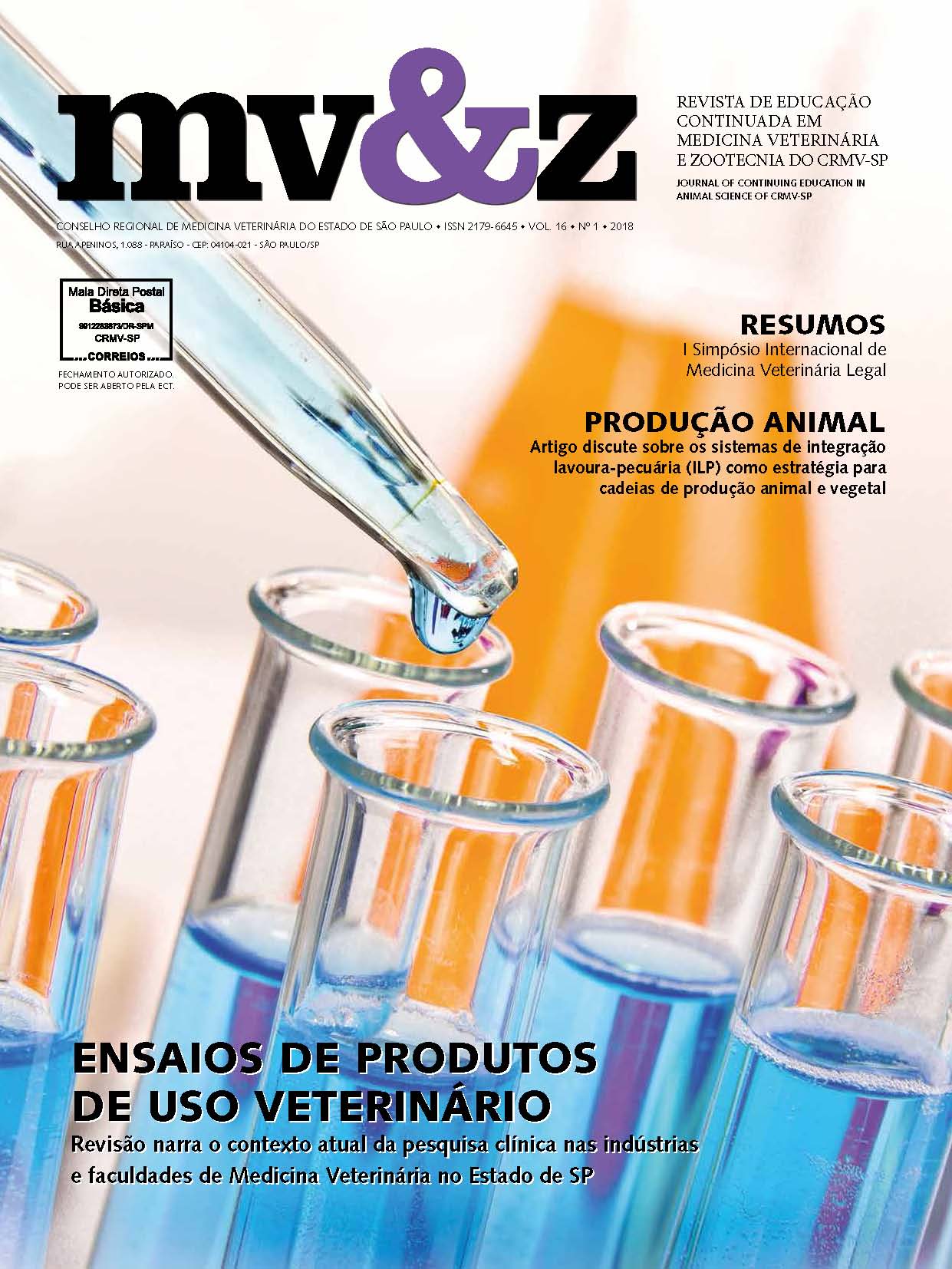A. W. P. Pessoa
Universidade Estadual do Ceará, Fortaleza, CE
S. P. Pimentel
Universidade Estadual do Ceará, Fortaleza, CE
F. C. Sousa
Universidade Estadual do Ceará, Fortaleza, CE
M. G. Matos
Universidade Estadual do Ceará, Fortaleza, CE
D. A. Viana
Laboratório de Anatomia Patológica e Patologia Clínica S/S LTDA, Fortaleza, CE
C. E. B. Lopes
Universidade Estadual do Ceará, Fortaleza, CE
F. R. N. Rodrigues
Universidade Estadual do Ceará, Fortaleza, CE
Resumo
Diapragmatic hernia is a condition in which there is displacement of the abdominal viscera into the thoracic cavity. This condition can be acquired or congenital. In most cases, it is a condition acquired through a traumatic process. Congenital diaphragmatic hernia is a malformation whose reason is unknown, and symptoms usually appear before the first year of life and may lead to death, however, some may remain asymptomatic for life. Macroscopically, there is a communication between the thoracic cavity and the abdominal cavity through an opening in the diaphragm. The differentiation between congenital and traumatic diaphragmatic hernia is delicate and not always possible. It is based on anamnesis, in the presence or absence of trauma, in clearly traumatic lesions of the diaphragm, mainly in the coexistence of two or more holes in one of its sides, in the presence or absence of visceral or vascular anomalies, and others. The macroscopic aspect of the orifice and the histological examination of the borders are not very reliable, since in old traumatic hernia there may be no tissue reaction and in congenital hernias, frequent visceral transit, irritating the edges or compressing by strains, can trigger an inflammatory reaction. The differentiation between congenital and traumatic leading to forensic consequences may represent the primary cause of death or be ancillary causes of death. Forensic necropsy is a practice that aims to determine the cause of death of the animal and is considered a fundamental instrument for the investigation of cases with legal potential. This work aims to report a case, with legal potential, of an animal that died in a vaccination campaign and that after necroscopic examination it was verified the presence of malformations, including congenital diaphragmatic hernia.
